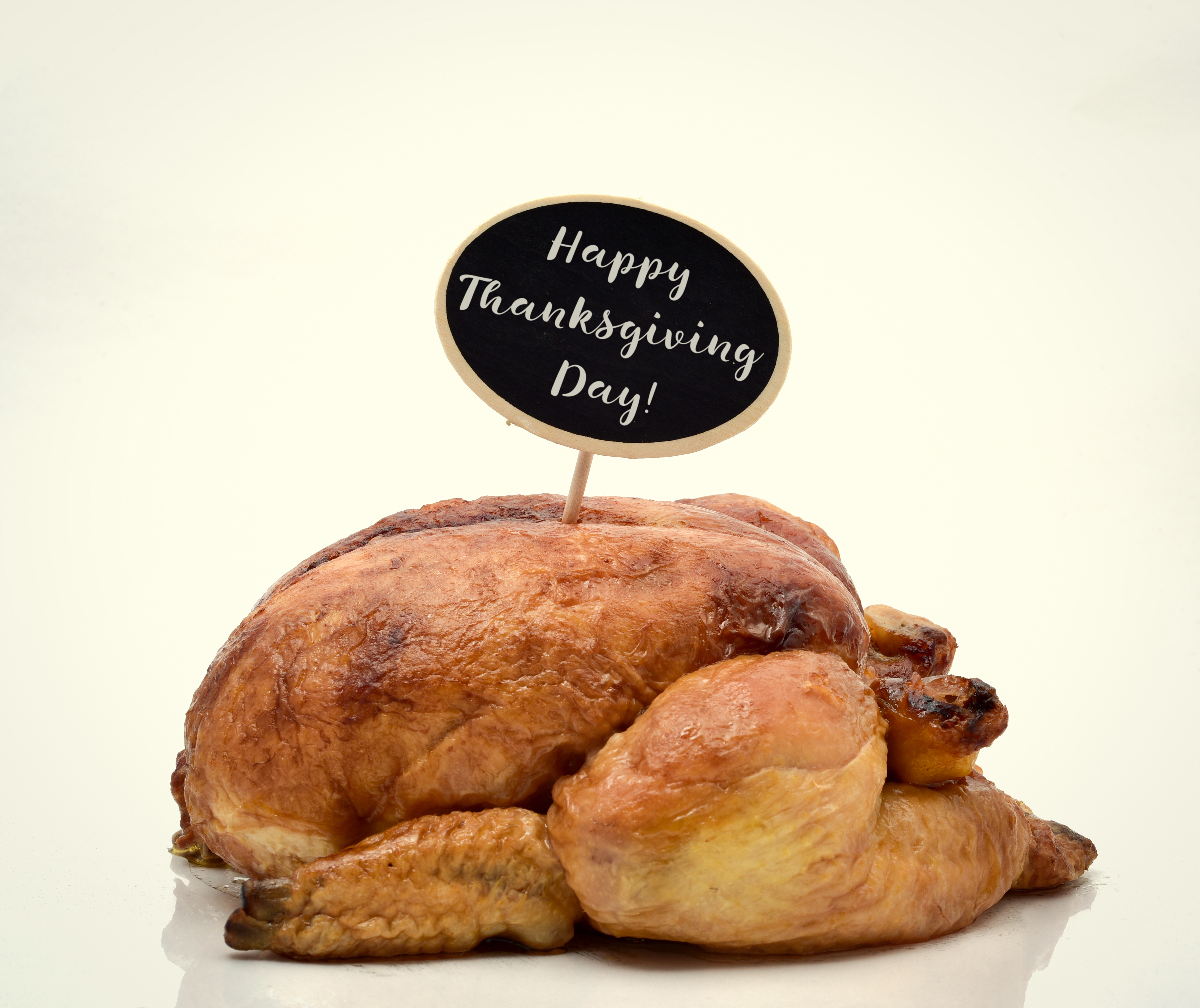
Thanksgiving is coming up later this week in the United States, and the USDA has released several tips on how to safely enjoy your holiday meal.
The CDC estimates that Salmonella causes one million foodborne illnesses in the U.S. each year, with 19,000 hospitalizations and 380 deaths. People infected with Salmonella typically develop diarrhea, fever, and abdominal cramps 12 to 72 hours after infection, and the illness can last anywhere from 4 to 7 days.
Campylobacter, a bacterium that causes intestinal infections, can also result from an undercooked and improperly handled Thanksgiving turkey. Treatment usually isn’t required; however, the bacteria can sometimes be deadly in very young children, the elderly, and immunosuppressed people.
With that in mind, the USDA has offered five tips on how to stay healthy while you prepare and eat the holiday meal:
- Don’t rinse the turkey. Many recipes call for the cook to rinse the turkey and then pat dry before roasting. However, the USDA cautions that rinsing a turkey in the sink can cause bacteria to spread up to three feet away. Cooking the turkey to the right temperature (165 F) is all you need to sufficiently kill any bacteria present in the bird. (However, if you’ve brined the turkey and really need to rinse it, FoodSafety.gov offers tips on how to minimize the spread of contamination.)
- Only thaw the turkey in the refrigerator, in cold water, or in the microwave. Thawing food in the refrigerator is considered to be safest method because it will defrost at a consistent, safe temperature. Plan for 24 hours for every 5 pounds in order to properly thaw the turkey. If you wish to use the cold water method: do not unwrap the turkey from its packaging, submerge it in cold tap water, and change the water every 30 minutes.
- Use a meat thermometer. Check the innermost part of the thigh, the innermost part of the wing, and the thickest part of the breast to ensure that the thermometer reaches 165 F. Make sure the probe is not hitting a bone.
- Do not store any food outside. Plastic food containers exposed to sunlight will experience a dangerous change in temperature. Try using a cooler filled with ice, in order to keep the temperature under 40 F.
- Freeze or toss leftovers after four days. Carve the turkey and eat or refrigerate the meat no more than two hours after the bird comes out of the oven. Leftovers will keep in the fridge for up to four days. If you know you won’t eat them right away, package them into airtight containers, stick them in the freezer, and make sure to heat and eat it within the next four months.
Additional tips from the FDA:
- Prevent cross-contamination of bacteria the opportunity by separating raw eggs, meat, poultry, seafood, and their juices away from foods that won’t be cooked. This includes your grocery shopping trip, fridge storage, and meal prep.
- Set the refrigerator at or below 40 F and the freezer at 0 F.
- Utilize several cutting boards to keep cooked food (raw meat, poultry, and seafood) away from uncooked food (raw fruits and vegetables). Ditto for your utensils.
- Don’t plate cooked meat or ready-to-eat food on an unwashed plate that held any raw eggs, meat, poultry, seafood, or their juices.
- Don’t bother tasting food that looks or smells funny. “When in doubt, throw it out.”
- If you’re stuffing your turkey, remember that the stuffing/dressing needs to reach at least 165 F. And don’t pack the bird too tightly … stuff it loosely, using about ¾ cup of stuffing per pound of turkey. (However, it’s highly recommended that you cook stuffing separately in its own casserole dish.)
Need help?
USDA Meat and Poultry Hotline: 1-888-MPHOTLINE
FDA Food Information Line: 1-888-SAFEFOOD
Live chat: www.AskKaren.gov (available from 10 a.m. to 4 p.m. ET, Monday through Friday, in English and Spanish)
Butterball’s Turkey Talk-Line: 1-800-BUTTERBALL




